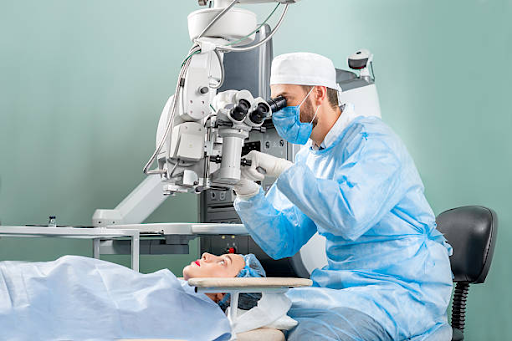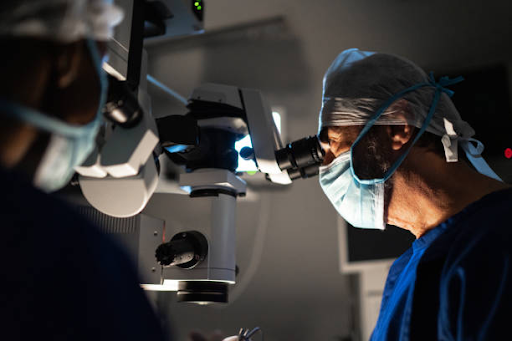Cataract Surgery: Everything You Need to Know
Cataracts are a common condition that can lead to blurry vision and even blindness. Fortunately, cataract surgery is a safe and effective treatment option that can restore your vision and improve your quality of life. In this article, we’ll discuss everything you need to know about cataract surgery, from the types of procedures to the risks and benefits.

What is a cataract?
A cataract is a clouding of the eye’s natural lens that causes blurry vision. Cataracts are most commonly caused by aging, but they can also be caused by injury, disease, or long-term use of certain medications.
Symptoms of cataracts include blurry vision, sensitivity to light, difficulty seeing at night, and seeing halos around lights. If you’re experiencing any of these symptoms, it’s important to see an eye doctor for a comprehensive eye exam. For more information about cataract surgery, you can read through this link https://eyewisevision.com.sg/cataract-surgery/.
What is cataract surgery?
A cataract surgery procedure involves removing the cloudy natural lens of the eye and replacing it with an artificial lens, called an intraocular lens (IOL). The lens replacement surgery is typically performed as an outpatient procedure under local anesthesia and takes about 20-30 minutes to complete.
There are two main types of cataract surgery: phacoemulsification and extracapsular cataract extraction (ECCE). Phacoemulsification is the most commonly used procedure and involves using ultrasound to break up the lens into small pieces, which are then removed through a tiny incision. ECCE involves making a larger incision and removing the lens in one piece.
Both procedures are effective at treating cataracts, but phacoemulsification is preferred by many surgeons because it involves a smaller incision and generally has a faster recovery time.
What are the risks and benefits of cataract surgery?
Like any surgery, cataract surgery comes with risks and benefits. Some potential risks of cataract surgery include infection, bleeding, swelling, and vision loss. However, these risks are rare and can often be mitigated through proper preoperative evaluation and post-operative care.
The benefits of cataract surgery, on the other hand, are numerous. The most obvious benefit is improved vision, but cataract surgery has also been shown to improve quality of life and reduce the risk of falls and accidents in older adults.

What should I expect during and after cataract surgery?
Before your cataract surgery, your surgeon will perform a comprehensive eye exam and discuss your medical history to ensure that you’re a good candidate for the procedure. You’ll also receive instructions on how to prepare for surgery, which may include stopping certain medications or fasting for a period of time before the procedure.
During the surgery, you’ll receive local anesthesia to numb the eye and a small incision will be made in the cornea. Your surgeon will then use a small ultrasound probe to break up the lens into small pieces, which are then removed through the incision. Once the lens has been removed, an IOL will be implanted in its place.
After the surgery, you’ll need to take it easy for a few days while your eye heals. You may experience some mild discomfort, but your surgeon will provide you with instructions on how to manage any pain or swelling. You’ll also need to avoid strenuous activity and be careful not to rub or bump your eye.
Most people are able to resume normal activities within a week or two of surgery, but it’s important to follow your surgeon’s instructions and attend all follow-up appointments to ensure proper healing.
Conclusion
Cataract surgery is a common and effective procedure that can significantly improve vision for those suffering from cataracts. With advances in technology and surgical techniques, patients have more options than ever before for treating their cataracts. Choosing the right surgeon and understanding the process can help alleviate any anxiety or concerns about the procedure. It is important for patients to take care of their eyes and undergo regular eye exams to detect any potential issues early on. Cataract surgery has a high success rate and can greatly improve a patient’s quality of life, allowing them to see the world clearly again. By working closely with their ophthalmologist and following the recommended post-operative care, patients can achieve optimal results and enjoy clearer vision for years to come.

